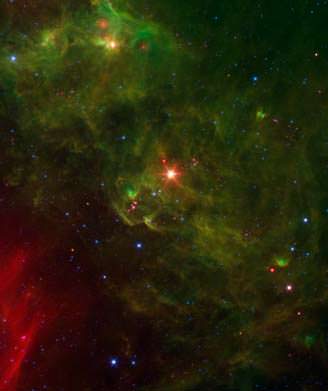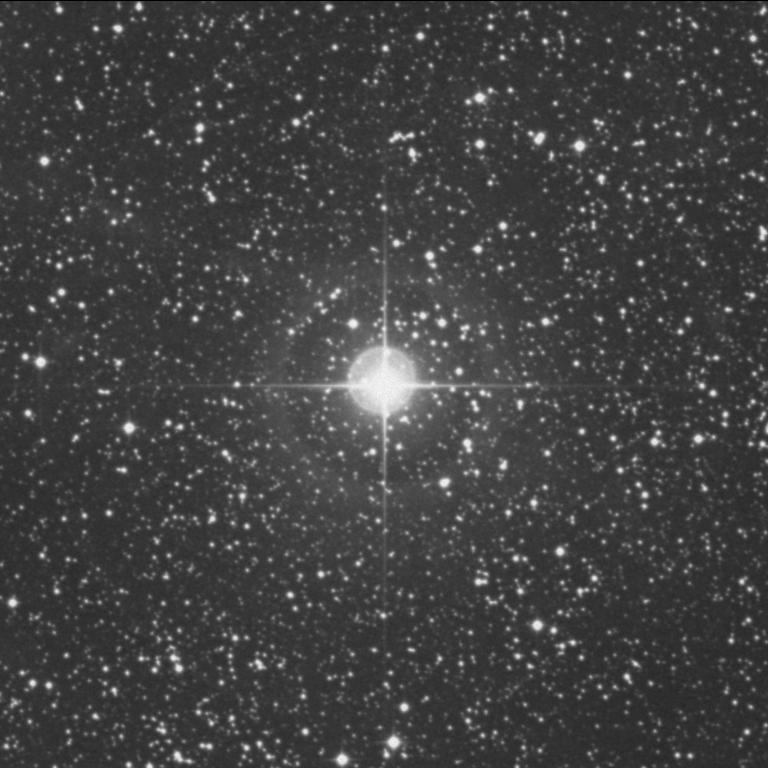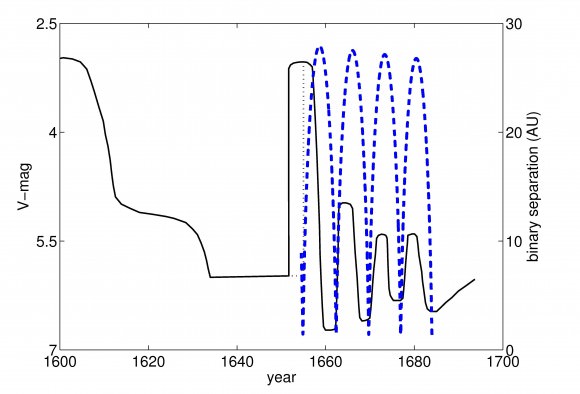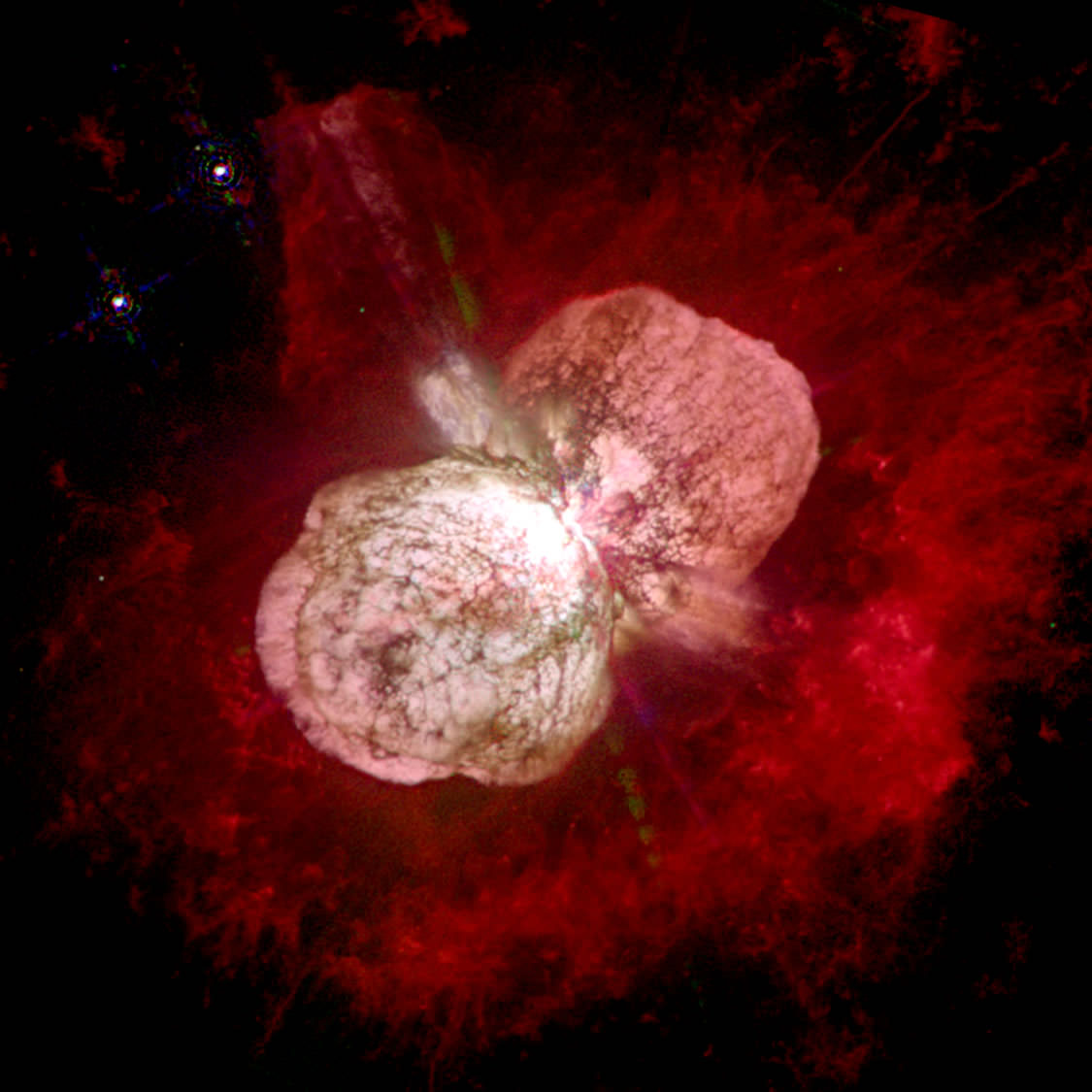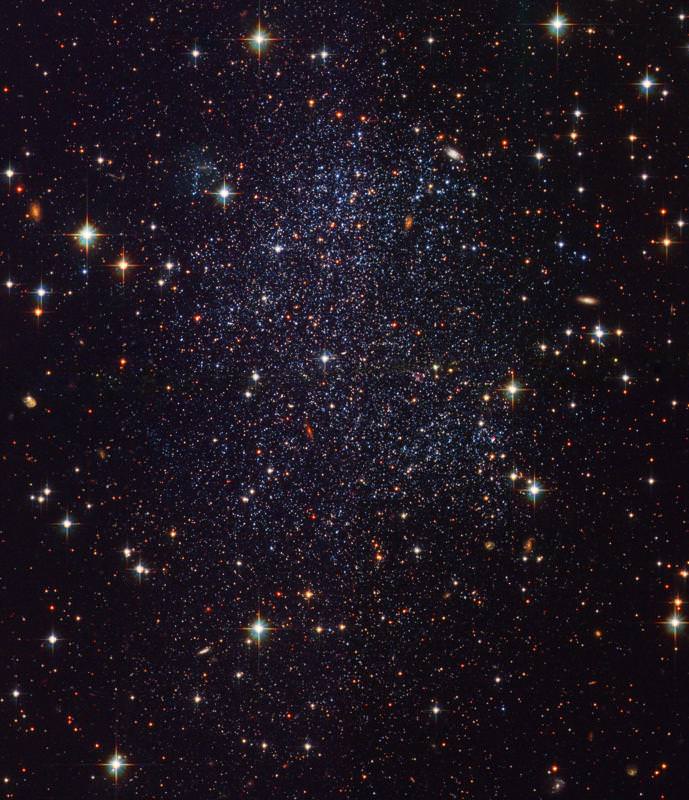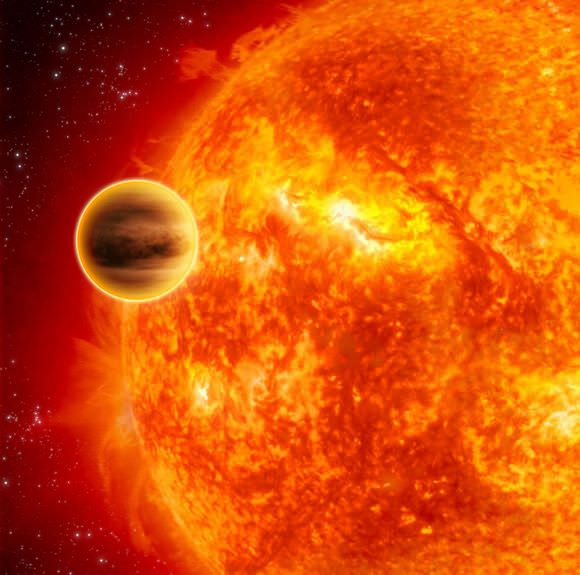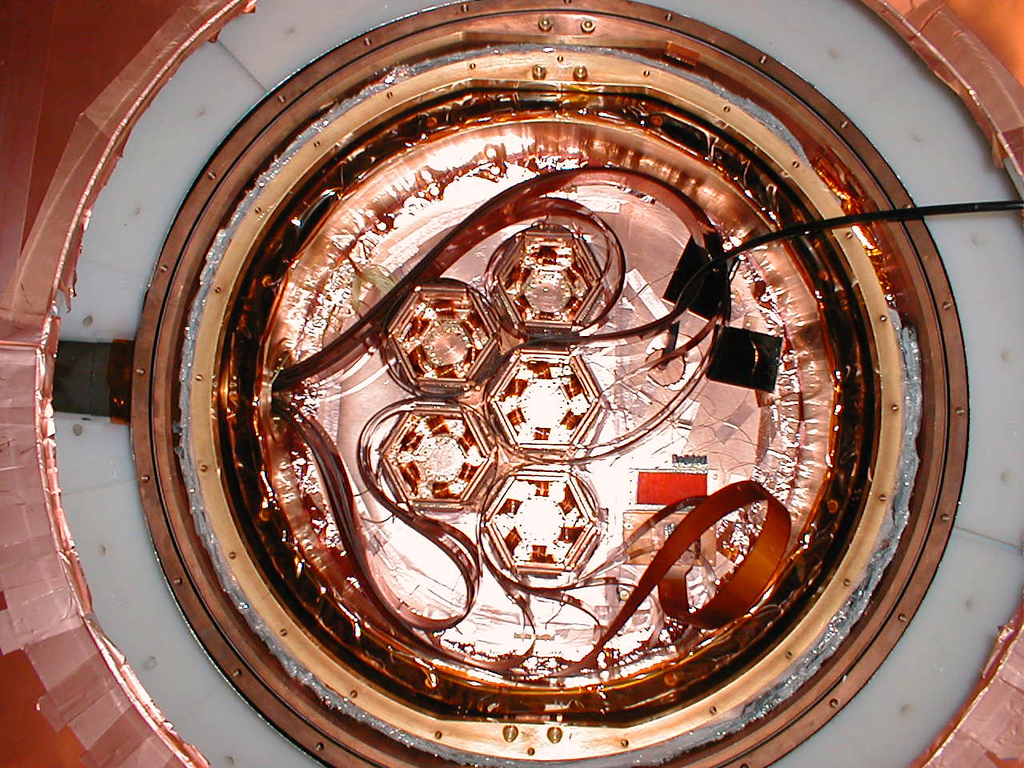[/caption]
During the “Great Debate” of 1920 astronomers Herber Curtis and Harlow Shapley had a famous debate on the nature of “spiral nebulae”. Curtis argued they were “island universes” or what we would today call a galaxy. Shapley was of the opinion that they were spiral structures within our own galaxy. One of the evidences Shapley put forth was that another astronomer, Adriaan vanMaanen, had reported detecting rotation of these objects over a period of years leading to an overall rotation rate of ~105 years. If these spiral nebulae were truly as far (and thus, as large) as Curtis suggested this would mean they would be rotating well beyond the speed of light at their outer edges.
It was later determined vanMaanen’s rotation was a case of wishful thinking when Hubble eventually determined the true distance to the Andromeda galaxy. From then on, it was well established that galaxies are so large, their motions will not be observed in human lifetimes. Aside from local flare ups of supernovae and other such events, galaxies should be relatively static. Yet in just over 40 years, a distinct, large-scale feature in the galaxy NGC 3303 seems to have disappeared entirely.
In 1964, Halton Arp observed NGC 3303. This oddly shaped spiral galaxy he reported as having a jet protruding from the northwest side. It made it into his famous 1966 compilation of photographs entitled, “The Atlas of Peculiar Galaxies” as Arp object 192. A 2006 publication by Jeff Kanipe and Dennis Webb (The Arp Atlas of Peculiar Galaxies: A Chronicle and Observer’s Guide) listed this jet as a “challenge” for astronomers to capture.
In 2009, an advanced amateur named Rick Johnson attempted a long exposure of NGC 3303. When his image was finished, it was notably lacking the jet. The news of this eventually reached Kanipe and Webb and they suspected that the exposure was simply not long enough to have captured this object. To be sure, they consulted images of the galaxy from the Sloan Digital Sky Survey. The jet was missing from these images as well. A major feature on a galaxy had vanished in 45 years and no one had noticed until 2009.
The only plausible explanation was that the jet Arp detected didn’t really exist. It was possible it was a photographic defect in the glass plate on which the image was taken. Another possibility was that the imaged structure did exist, it just wasn’t what Arp suspected.
When Charles Messier attempted to look for comets, he kept a list of 109 objects that were not comets so he wouldn’t be confused by them. To tell true comets apart from the other fuzzy objects he observed, he observed them over a period of nights. If they moved with respect to background stars, they must be relatively nearby. If not, they were likely very distant. Was Arp’s jet the opposite; A nearby object that had simply moved out of the field of view since his original image?
Kanipe contacted the Minor Planet Center to determine if any of the known asteroids or minor planets had been in the vicinity when the image was taken. It turned out that a minor planet, TU240, discovered on 6 October 2002 by the Near Earth Asteroid Telescope on Haleakala, Maui, Hawaii, was very near to NGC 3303 when Arp imaged it confirming it was a strong candidate for Arp’s disappearing jet.
This isn’t the first time an object has been pre-discovered and its true nature simply missed when it was imaged. There is evidence that the planet Neptune was observed at least three different times (including by Galileo) before its nature was understood. But for this TU240, this is expected to be the earliest prediscovery photograph. As a result, TU240 was given a new designation just after Thanksgiving 2009. It is now listed as 84447 Jeffkanipe.
(Read this story as told by Rick Johnson at the BAUT Forums.)


